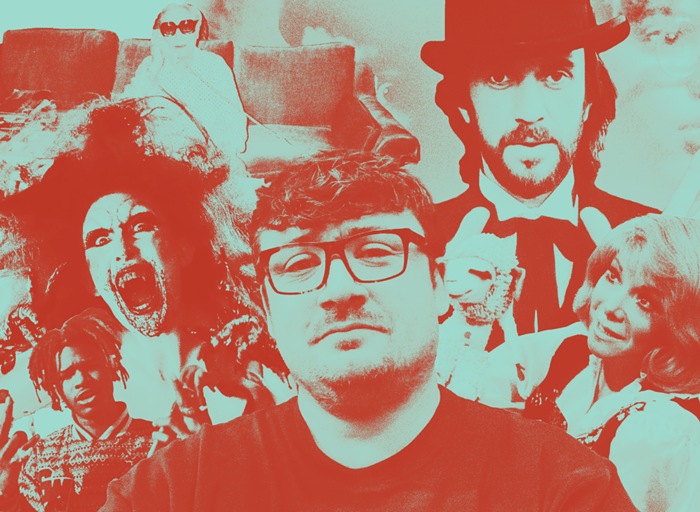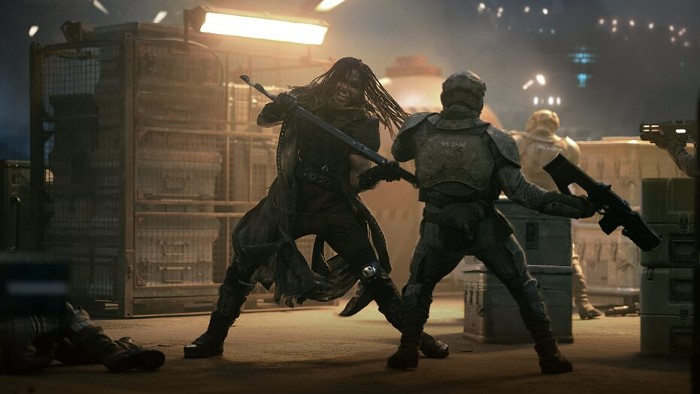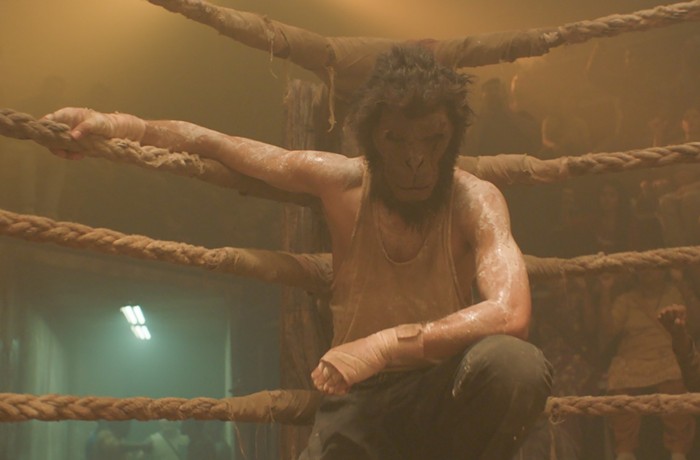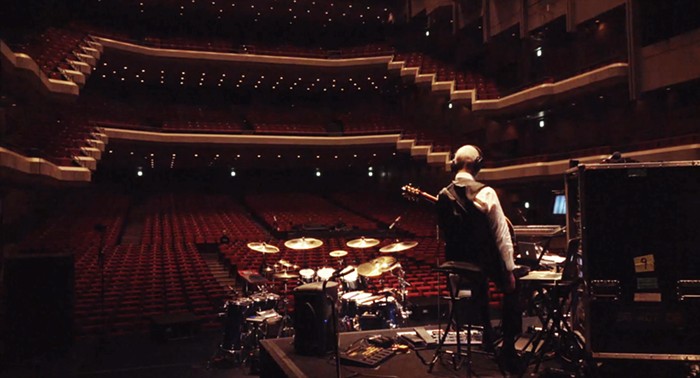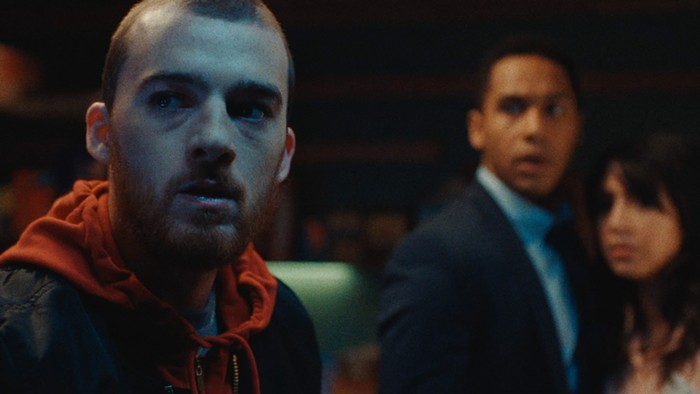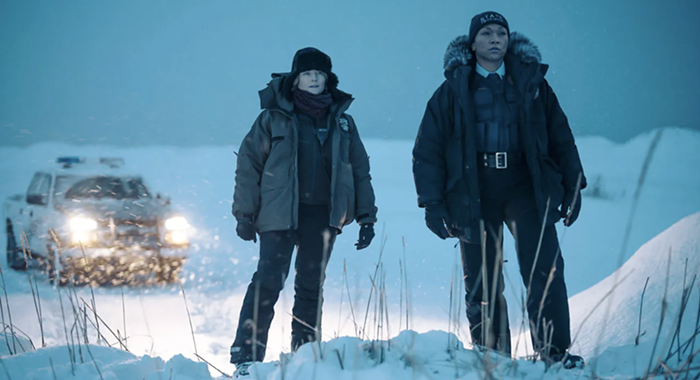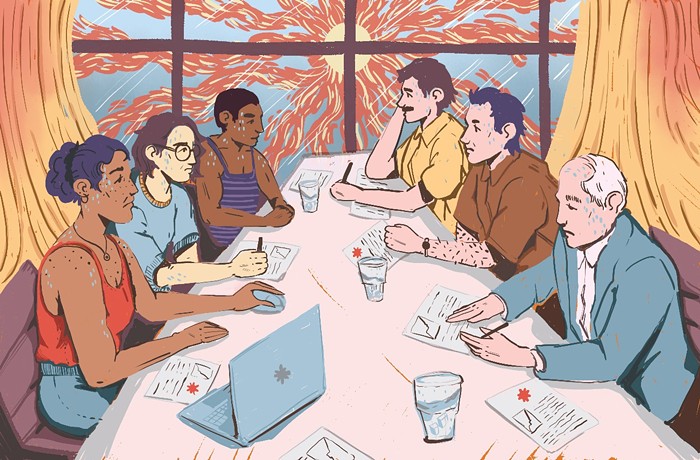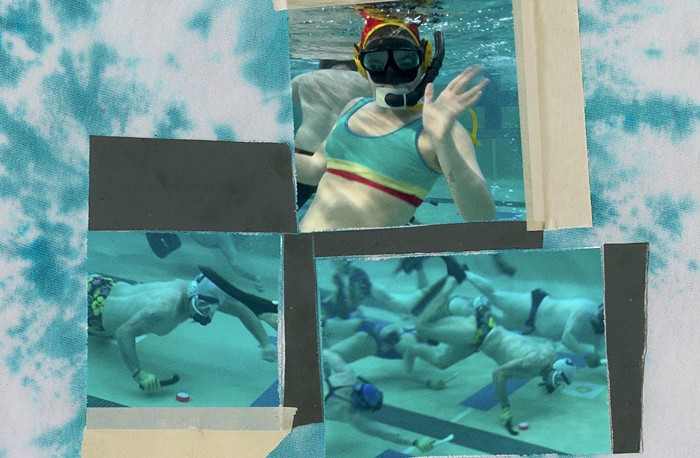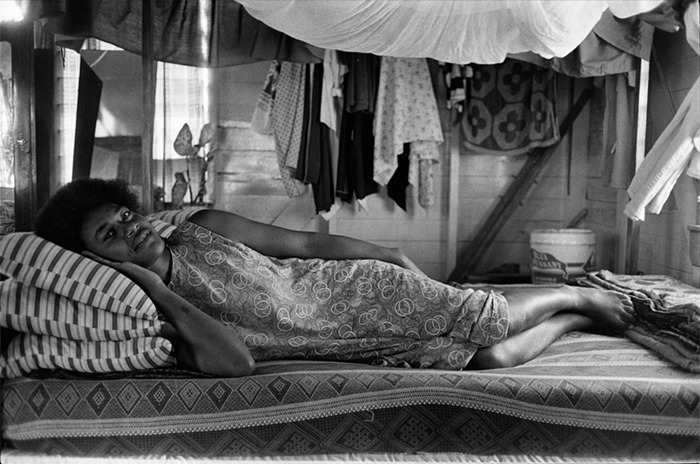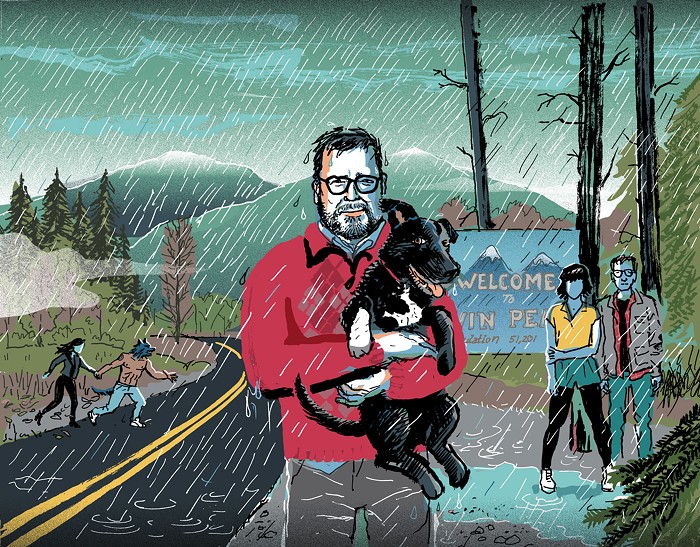THE STRANGER: One thing I'm really interested in is how the movie looks and moves, how you translate the aesthetic of a comic into a movie. It felt to me like a new kind of narrative altogether, that it moved differently. There's a stillness in it that I really liked. A willingness for the camera to linger.
DAN CLOWES: That comes from [director Terry Zwigoff's] sensibility, from making documentaries where you leave the camera on a little longer than you need to and you get some of your most interesting moments. There were times in Ghost World where all the actors thought the scene was cut and then you see some truly human moment there for a second. In the scene when Thora [Birch, as Enid] and her dad, played by Bob Balaban--
One of my favorite actors.
He is amazing. And he's eating this bagel and really being gross about it. And we let the camera go and Thora finally gives this look of real disgust. And Terry and I were watching it in the editing room and we kept cutting it before that, but we kept saying, "That's such a great thing!" Because we both remember being so appalled by our parents when we were kids, and how disgusting it is for kids to watch their dads eat. There's something so human about that, so we had to keep it in even though it's weird and the moment goes on and on.
I loved the scene when Enid comes in and sees Teri Garr there, and Teri's got a mouthful of food that she's trying to talk through and it's this awkward moment. So she gets through the mouthful and goes ahead and takes another bite. So it's kind of willfully awkward.
She can't stop!
I couldn't help but think that Steve Buscemi looked more than anything like the drawing you did of yourself in the comic--when Enid goes to the book signing.
He looks so much like a Dan Clowes character. When I first saw him, probably in Mystery Train, I thought, my God, this guy is born to be in one of my movies. I was maybe 25 years old and saying, "One day I will cast this guy as one of my characters." And when we wrote the Seymour character, he was the only actor we could think of who would be right for the part. And he's perfect.
I've been having this ongoing conversation with a friend of mine about the difference between someone who is a poseur and someone like Seymour, who is so obsessed with something that he's just nerdily oblivious. And Enid is very quick to come down on people who claim to be things that they have no real knowledge of.
I certainly share Enid's point of view. I think in this film, when she first sees Seymour he's just a funny guy to vaguely laugh at, amusing, a living human cartoon, like the Satanists. And once she experiences him a little more, and he gives her this record that's really emotionally powerful, she sees that he's really authentic. He's what she's looking for in the world, a person who... doesn't allow outside forces to dictate his choices in life. And even though he seems unhappy and isolated and alienated, he's got his own opinions and lives by his own rules. She finds something very strong in that. Up until then she's going to bad '50s diners because she relates to the fact that it's bad and a failure, and she finds some humanity in all that.
I felt more strongly in the movie than in the comic that Enid is in danger of becoming a victim of her own piety.
Right. You exclude everyone--and then you're alone. That's what Enid is going through. She's given all these vague options, none of which she likes, and one by one she's taking them off her list. And all of a sudden she's up against the wall.
Back to the stillness and lingering camera: It seems that when you create cartoon characters, you identify their outstanding features, and kind of... not exaggerate them, but insist on them. And I felt like you did this with the camera somehow. So with Enid's bobbed hair and glasses, with Rebecca's lips and profile filmed so carefully, it seems like you've managed to achieve something analogous to what happens in print.
We discussed with the cinematographer that we wanted to have this comic-bookish look, but not what you typically associate with that, with Batman or X-Men, but something where the colors are enhanced and stronger but alienating in some way. It's candy-colored but has some horrifying strip-mall signage yelling at you. He really took it to heart and studied that comic carefully, looked at all my comics and how I use color on the covers, and tried to adapt that on film. He was very conscientious in getting this new look on film.
But not too literal-minded, like Dick Tracy.
I didn't like that at all. To me that's all very insulting to comics, to say that we want them to look stupid and degraded, where everything is removed that has any nuance or subtlety. We wanted it to have this quality of being slightly overly colorful, the way the modern world looks where everything is trying to get your attention at once. To have some sort of aestheticized quality. We tried to make the streets intentionally empty, so you see the signage and storefronts but there's nobody there. It captures this weird feeling of alienation in the endless modern consumer culture that's omnipresent in every part of America.
